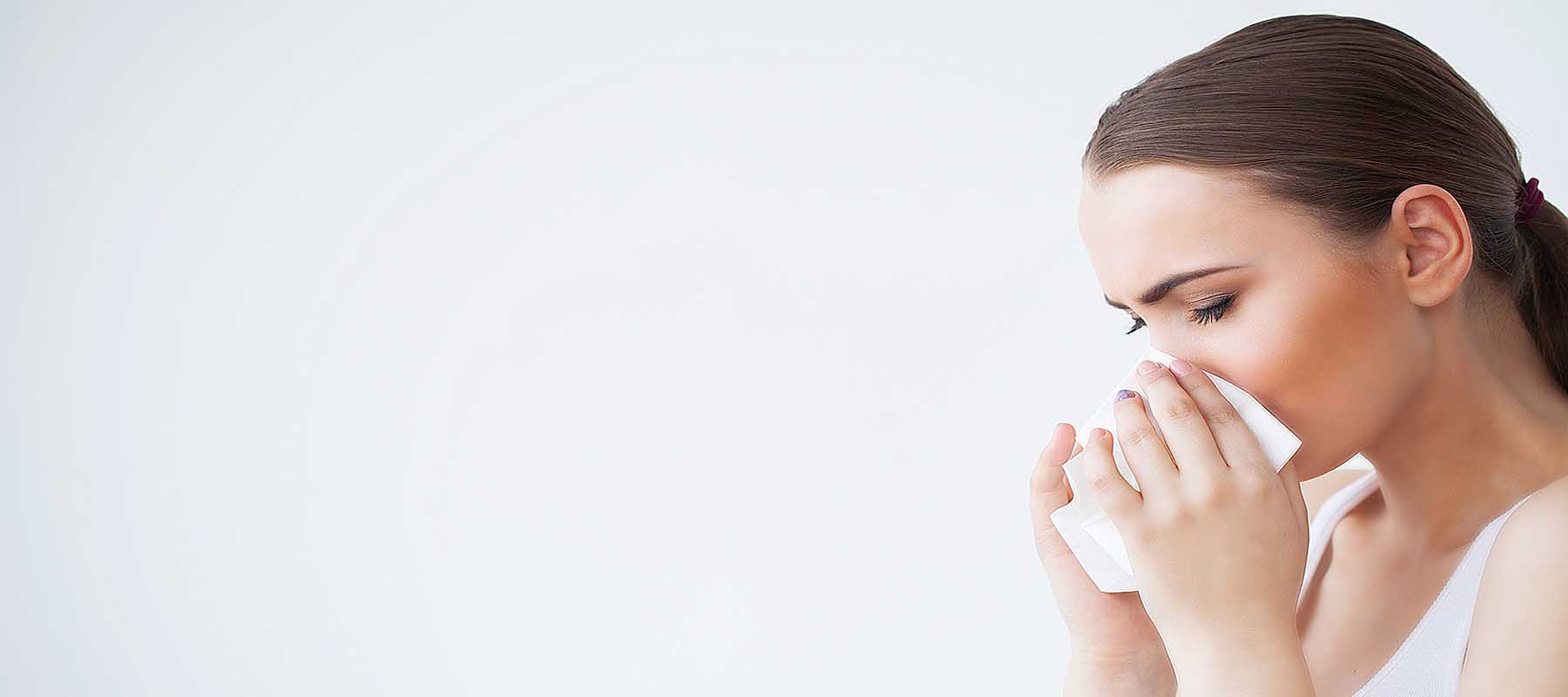We’re wrapping up this month’s discussion of annoying pests with the venerable cockroach. Have you ever heard of cockroach allergy?  Just like dust mites, people can be allergic to cockroaches and they are a main source of allergens in densely populated areas. Twenty-three to sixty percent of urban residents with asthma test as sensitive to the cockroach allergen.
Just like dust mites, people can be allergic to cockroaches and they are a main source of allergens in densely populated areas. Twenty-three to sixty percent of urban residents with asthma test as sensitive to the cockroach allergen.
Cockroach allergy was first reported in 1943. Skin rashes appeared immediately after the insects crawled over patients’ skin. How gross is that? The first allergy skin challenge test to confirm cockroach allergy in a patient was in 1959.
How do Cockroaches Cause Allergy?
 Just like dust mites, cockroaches contain proteins in their bodies that are easily misidentified by the immune system as an enemy invader. When you inhale this protein, your body thinks it is a germ and kicks your immune system into high gear.
Just like dust mites, cockroaches contain proteins in their bodies that are easily misidentified by the immune system as an enemy invader. When you inhale this protein, your body thinks it is a germ and kicks your immune system into high gear.
The bad news is that when cockroaches die, they create in the environment even more of the allergy causing protein. That’s because the protein is released as their wicked cockroach bodies break down and crumble.
Cockroach Allergy Symptoms
Cockroach allergy symptoms can be similar to dust mite allergy symptoms, except they don’t only occur and night and in the morning. Coughing, wheezing, skin rash, and a runny nose can all be symptoms of cockroach allergy. As stated earlier, cockroach allergy frequently contributes to asthma.
Control the Cockroaches!
 The best way to control your cockroach allergy is to control the cockroaches. Integrated pest management practices will reduce cockroach populations with the least amount of poison. In addition, The American College of Asthma, Allergies, and Immunology suggests that you:
The best way to control your cockroach allergy is to control the cockroaches. Integrated pest management practices will reduce cockroach populations with the least amount of poison. In addition, The American College of Asthma, Allergies, and Immunology suggests that you:
- Keep food and garbage in containers with tight lids. Never leave food out anywhere.
- Clean up food crumbs and spilled liquids immediately.
- Wash dirty dishes right away, never leave them out.
- Don’t leave out pet food, except when the pet is eating.
- Keep counters, sinks, stove, tables, and floors clean and clear of clutter.
- Clean the kitchen floor after meals. Mop the floor at least once a week.
- Repair leaky faucets, drain pipes, and other moisture problems.
- Get rid of cardboard boxes and newspapers, where cockroaches may hide.
- Plug up small spaces around the house, such as cracks between the wall and floor, where cockroaches can enter.
Control the Allergens
 If you find that cockroaches have invaded, once you get the invasion under control you can attack the allergens they left behind. Almost every product that we sell that controls dust mite allergen will work on cockroach allergen as well. This means that if you find cockroaches in a box of stored clothing, you can wash the clothing with Allergen Wash and the cockroach allergen will be washed away.
If you find that cockroaches have invaded, once you get the invasion under control you can attack the allergens they left behind. Almost every product that we sell that controls dust mite allergen will work on cockroach allergen as well. This means that if you find cockroaches in a box of stored clothing, you can wash the clothing with Allergen Wash and the cockroach allergen will be washed away.
If you have had cockroaches crawling on your floors or furniture, you  can lightly spray with ADMS Anti Allergen Spray. It will safely denature the cockroach protein and is safe for your furniture and fabric surfaces. All it takes is a light mist. If you have had a serious cockroach invasion, you might need to make two treatments.
can lightly spray with ADMS Anti Allergen Spray. It will safely denature the cockroach protein and is safe for your furniture and fabric surfaces. All it takes is a light mist. If you have had a serious cockroach invasion, you might need to make two treatments.
Unfortunately cockroaches are probably here to stay. In the end, it will probably just be sharks, cockroaches, and dust mites roaming the planet and seas. Until then, if you think you are allergic to cockroaches, talk to your doctor about it. They can perform skin or blood tests and suggest medications to get symptoms under control until you can control the little buggers.
Til Next Time!
Cheryl

